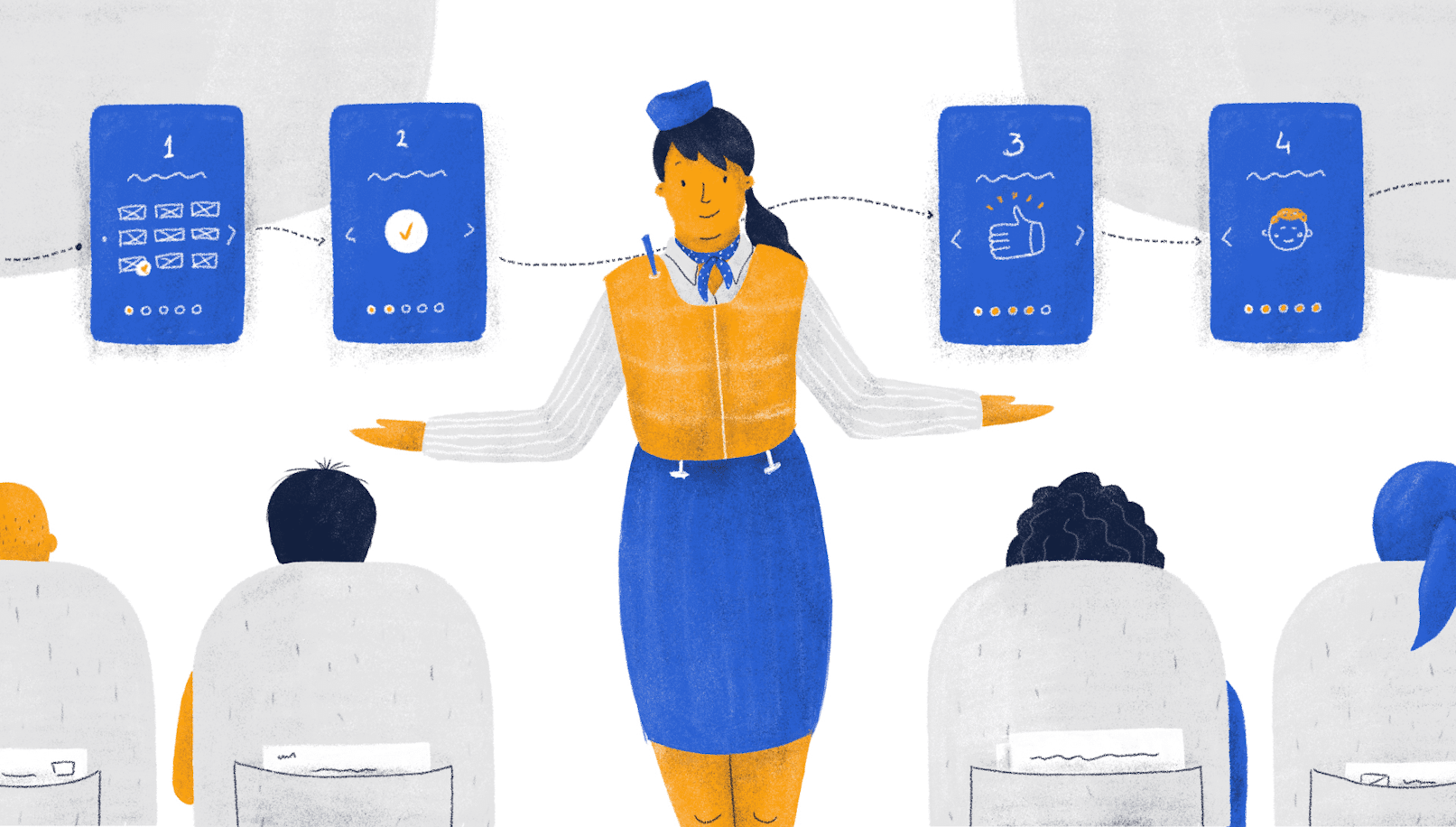
Recent years have seen a significant change in the educational technology market, making the first user experience even more important. Whether a student starts a successful learning journey or gives up on an EdTech platform completely depends on their initial interactions with it. By carefully controlling cognitive load and sustaining interest, an intuitive onboarding experience lays the foundation for significant educational results rather than just teaching users how to use an interface.
Unlike other digital items, educational technology has its own set of problems. It is necessary to carefully address this dual cognitive strain when designing the onboarding process because users must simultaneously learn the platform’s functionality and absorb instructional content. The wide variety of consumers further increases this complexity.The wide range of users that EdTech systems usually cater to—from elementary school pupils and college students to instructors and administrators—further adds to this complexity. Each of these users has unique technical skills, expectations, and learning requirements.
Effective EdTech onboarding uses a scaffolded approach that reflects successful teaching strategies. Onboarding should start with fundamental platform functions and progressively roll out more advanced capability, much like how educators build upon core concepts before presenting more complicated ideas. Through early achievements, users can gain confidence thanks to this progressive learning design, which also helps them gradually get a deeper grasp of the platform’s potential.
Contextual assistance, or giving consumers information at the exact moment and location they need it, is essential to this strategy. Effective onboarding systems provide just-in-time training through interactive guides, contextual help systems, and adaptive support that reacts to user behaviour, as opposed to overloading users with extensive tutorials up front. This method guarantees that users get pertinent assistance without interfering with their learning process.
It’s critical to reduce cognitive strain during the first stages of contact. In order to effectively convey the platform’s value proposition and give users instant access to its main features, the initial moments of engagement should concentrate on these areas. This can be accomplished by introducing features gradually and streamlining the initial setup procedures. Here, intelligent default settings are essential because they minimise decision fatigue by using clever presets that take into account variables like role, age, and learning goals.
Visual design components are effective instruments for assisting users with the onboarding procedure. Users may better grasp where they are in their learning journey and what steps are ahead with the aid of clear iconography, simple navigation patterns, and well-designed progress indicators. Carefully considered gamification aspects that increase engagement without taking away from the educational experience should be included in these components.
One important component of an effective EdTech onboarding process is personalisation. Contemporary platforms need to adjust to the unique qualities of each user, starting with preliminary evaluations of past knowledge and preferred learning styles. Custom learning trajectories that suit user objectives and pacing preferences can be created thanks to this data. The capacity to provide individualised learning paths while upholding distinct learning goals sets outstanding EdTech platforms apart from their rivals.
Achieving the best onboarding experiences requires careful consideration of technical implementation issues. While strong accessibility features ensure that the platform serves all users successfully, performance optimisation guarantees seamless functioning across devices. Quick loading times, economical use of resources, and offline functionality are now considered necessities rather than bonuses.
A thorough approach to data collecting and analysis is necessary to gauge the effectiveness of onboarding activities. EdTech platforms need to take into account long-term engagement patterns and educational results in addition to conventional measures like completion rates and time-to-first-value. Qualitative input obtained from user interviews, behaviour analysis, and usage pattern research should be added to this quantitative data.
Technical difficulties and information overload are frequent causes of EdTech onboarding issues. Careful content chunking, gradual feature disclosure, and efficient technological procedures are ways that successful platforms handle these issues. Error management should include unambiguous instructions for fixing issues, and account creation and authentication should be straightforward and intuitive.
Emerging technologies and changing user expectations are influencing EdTech onboarding’s future. With its ability to recognise patterns and provide predictive support, artificial intelligence makes it possible for increasingly complex personalisation. While voice and gesture-based interfaces have the potential to completely transform how consumers engage with educational platforms, virtual and augmented reality technologies offer new opportunities for immersive onboarding experiences.
Another breakthrough in EdTech onboarding is the integration of social learning. Platforms may create active learning communities that promote user success by including collaborative features and peer learning opportunities from the outset. To achieve the best results for every user, these social components must be properly balanced with personalised learning pathways.
Systems that can adjust to the specific demands of each user while preserving distinct paths towards learning goals will be the most effective EdTech onboarding tools. This necessitates striking a careful balance between sustaining user interest and offering the required guidance. EdTech platforms may produce onboarding experiences that position users for long-term success by emphasising friction reduction, experience personalisation, and the use of careful design principles.
Effective onboarding is important because it lays the groundwork for long-term engagement and successful learning outcomes, which go far beyond the first user experience. The ability to design user-friendly, flexible onboarding experiences is becoming more and more important as educational technology develops, as it affects user success and platform success. EdTech’s future depends on developing onboarding procedures that not only efficiently greet consumers but also inspire them to fully engage with the learning opportunities ahead.
Comments are closed.